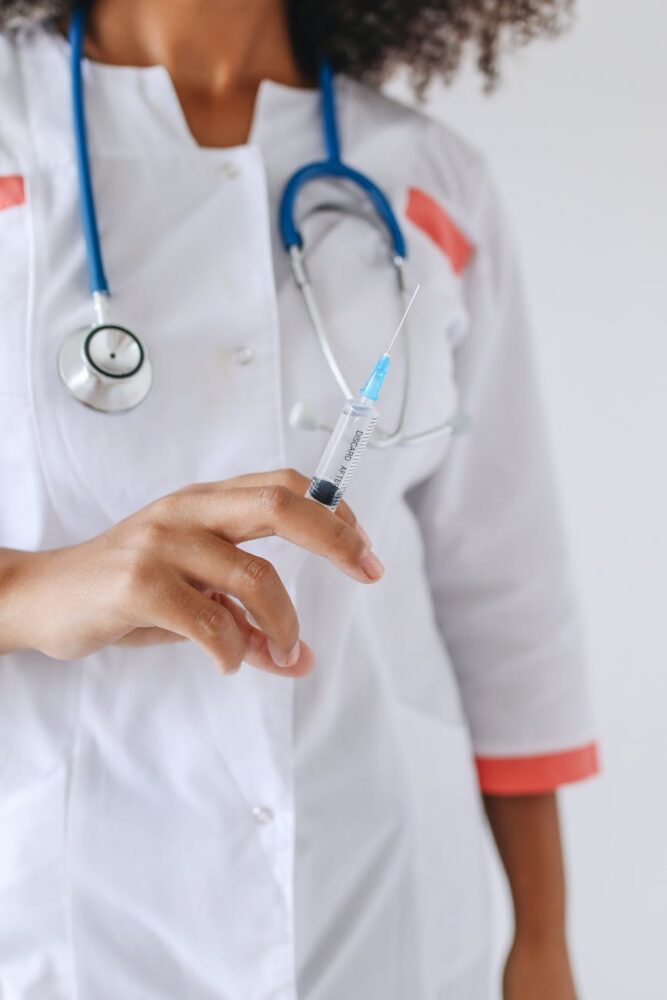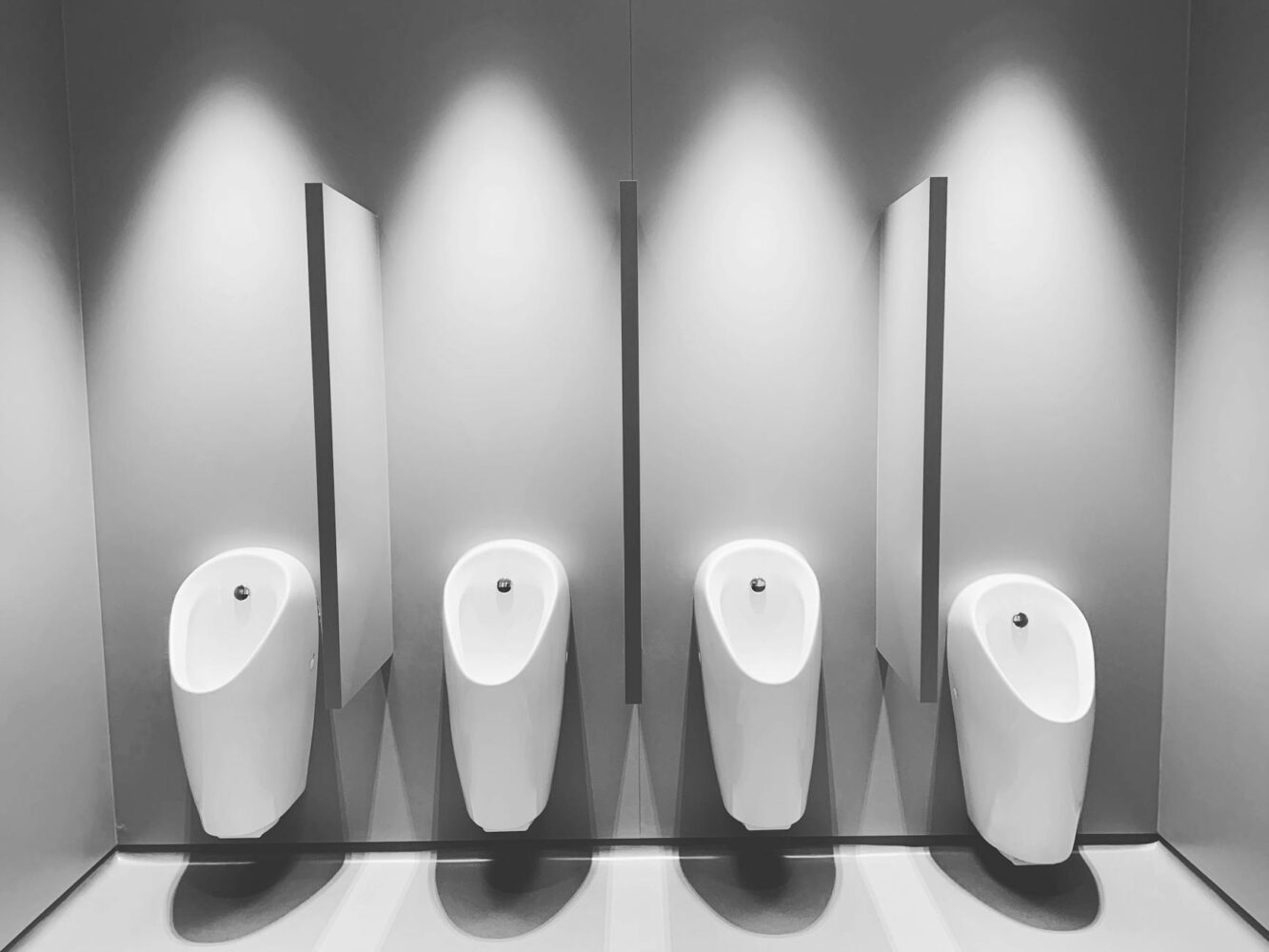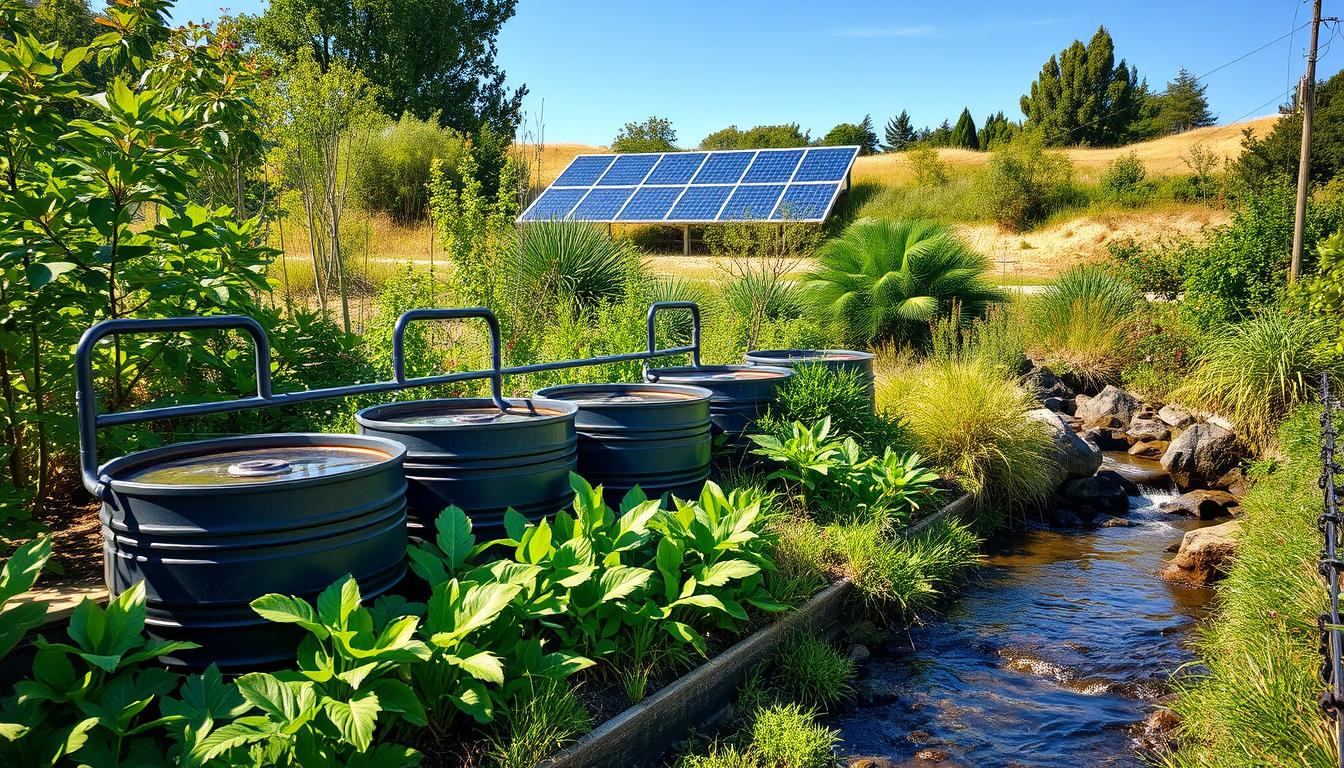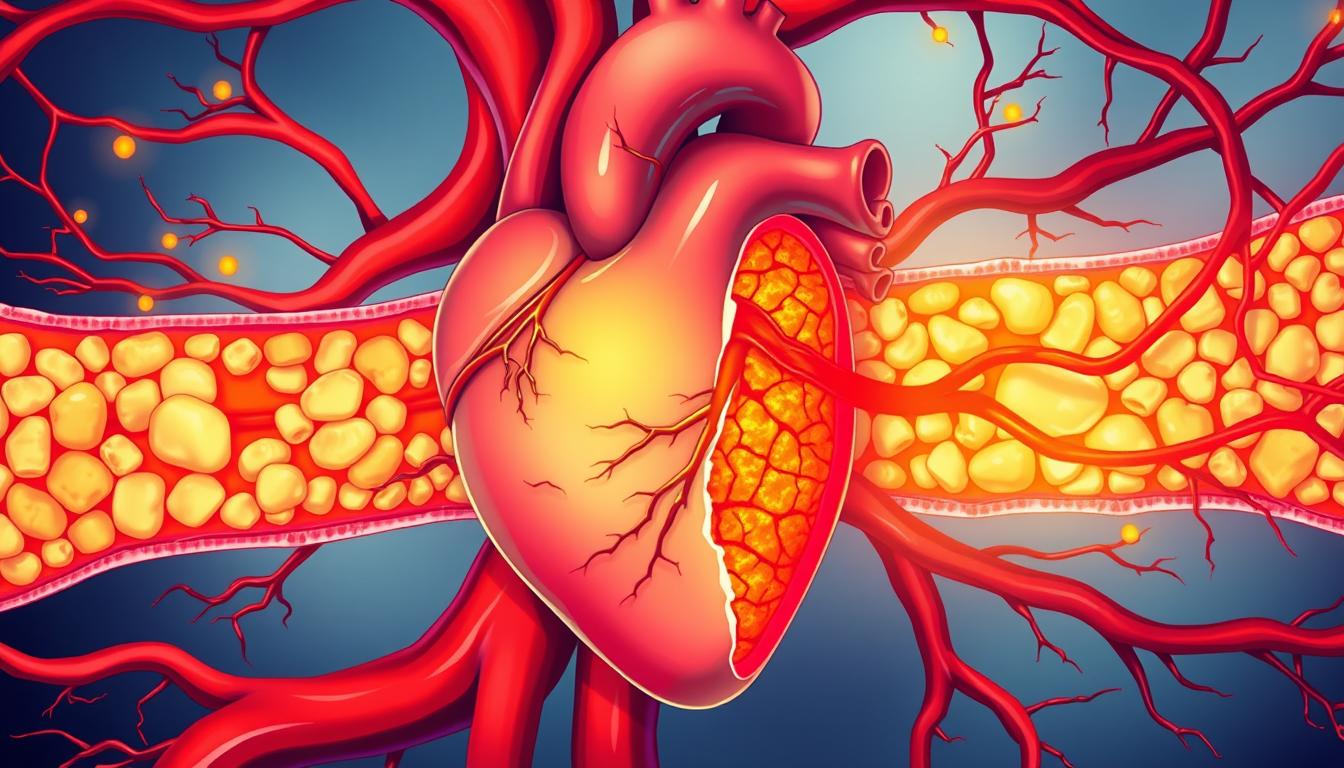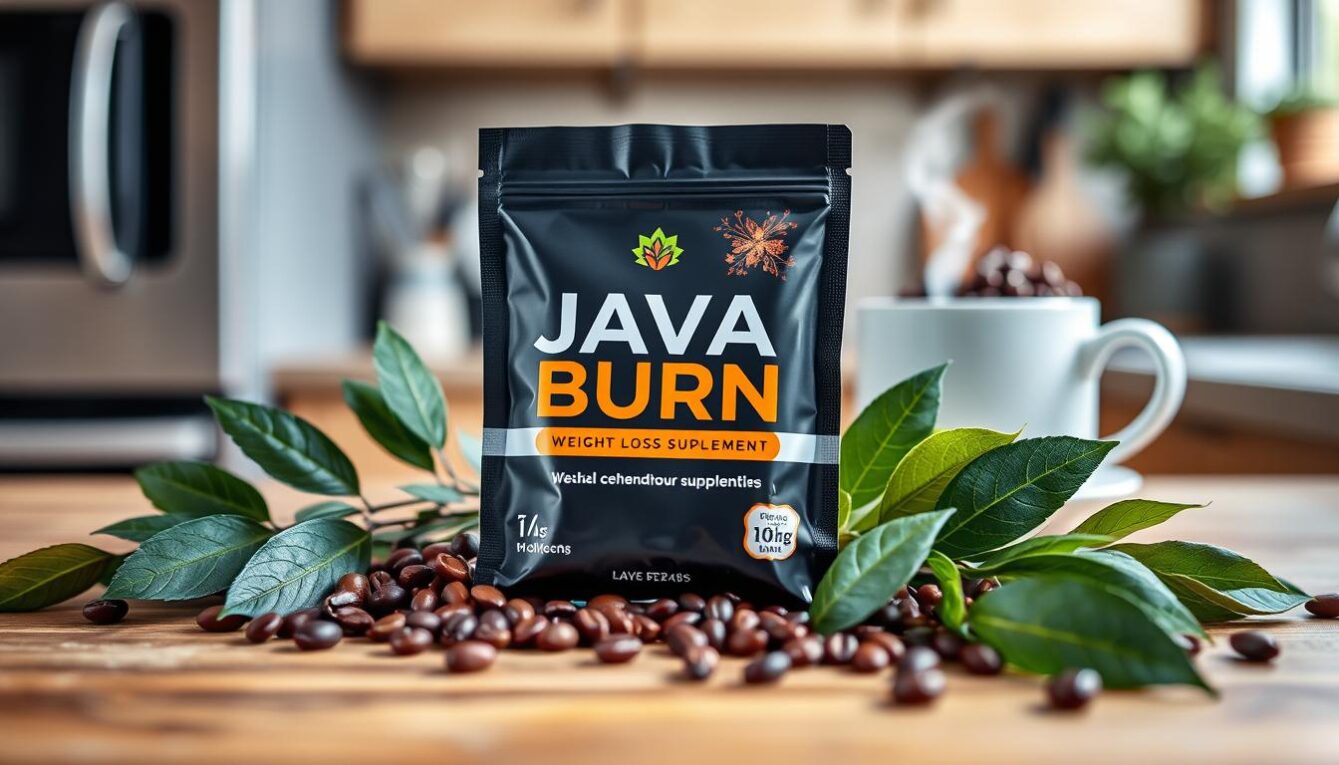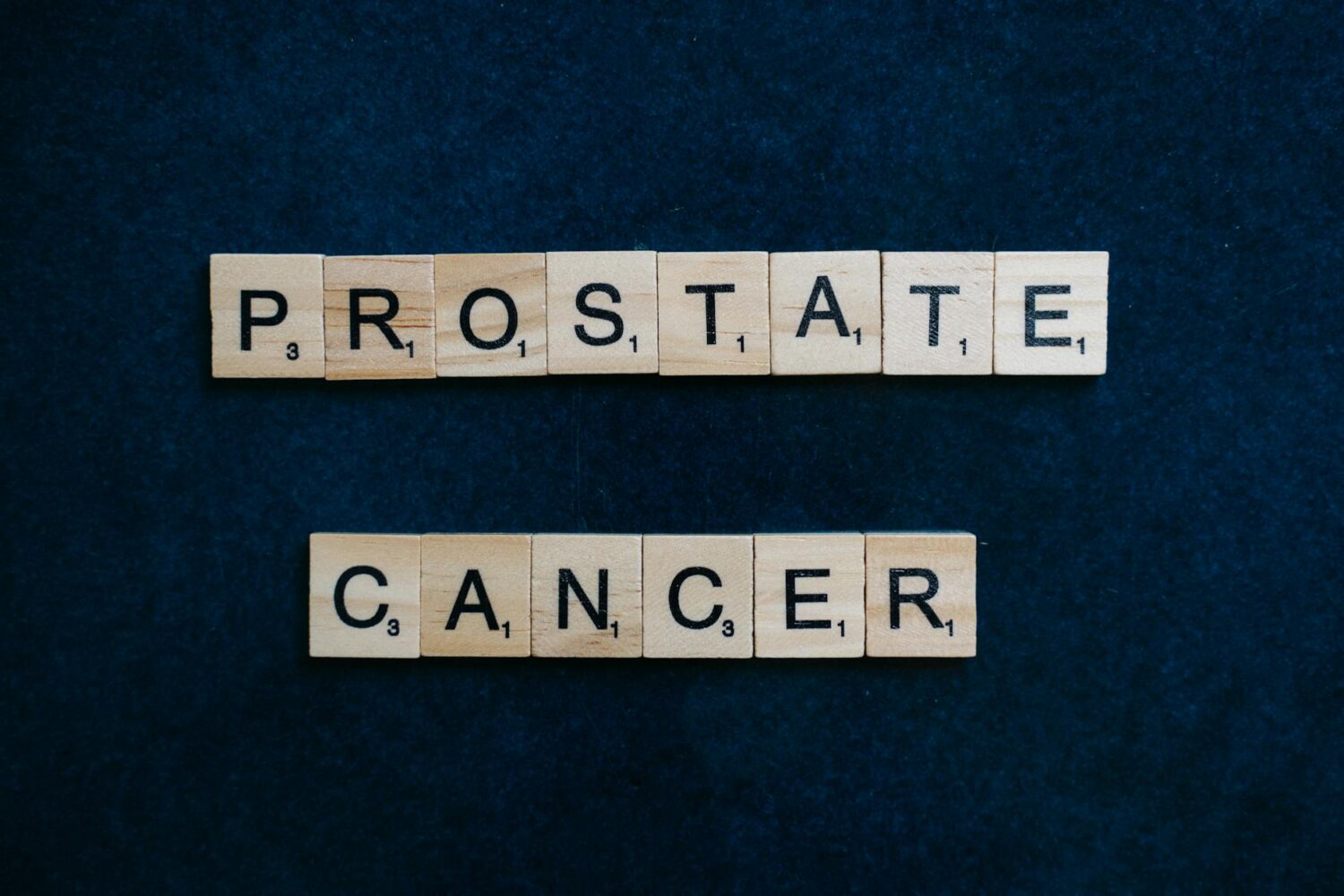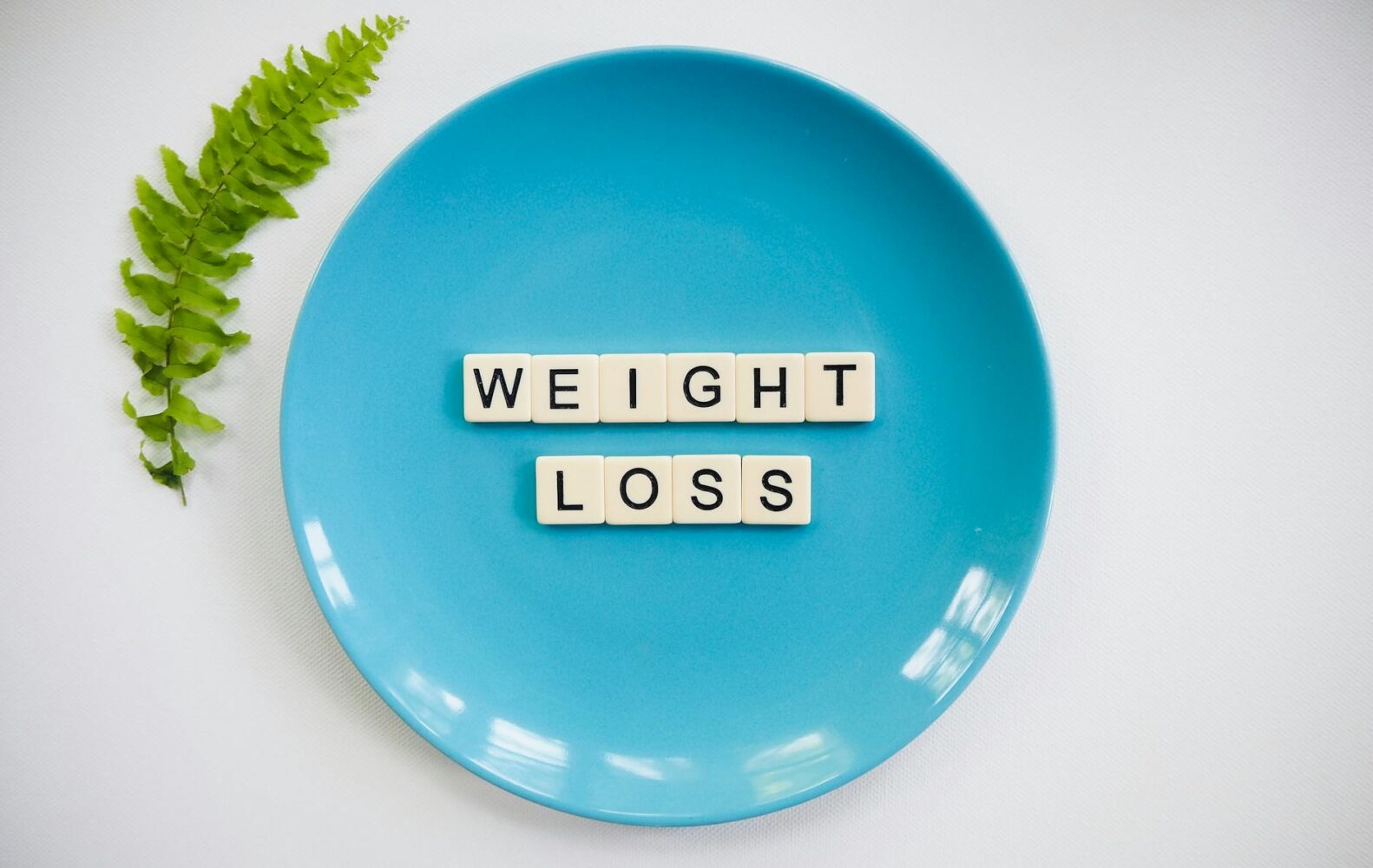Understanding Prostate Health: Navigating the Prostate Gland, Common Problems, and Symptoms of an Enlarged Prostate
Imagine a guy in his 50s who starts waking up multiple times at night to use the bathroom. He brushes it off as part of getting older. But soon, he learns these shifts tie back to his prostate—a small organ that affects so many men yet often goes unnoticed. The prostate gland sits at the base of the bladder and plays a big role in male health. Issues like prostate problems can sneak up and disrupt daily life. Prostate health matters because early awareness helps men stay active and comfortable. This guide breaks down the prostate gland basics, common prostate problems, and key prostate symptoms. You’ll learn how to spot signs of an enlarged prostate and take steps for better management. Armed with this info, you can make smart choices for lasting prostate health.
The Prostate Gland: Anatomy and Essential Functions
The prostate gland forms a key part of the male reproductive system. It helps produce semen and supports urine flow. Understanding its setup lets you grasp why prostate health stays vital as you age.
Anatomy of the Prostate Gland
The prostate gland rests just below the bladder. It wraps around the urethra, the tube that carries urine from the bladder and semen out of the body. In adult men, it measures about the size of a walnut—roughly 3 to 4 centimeters across.
This gland has distinct zones. The central zone sits near the ejaculatory ducts. The peripheral zone lies toward the back, where most cancers start. During puberty, hormones like testosterone spur its growth. As years pass, it may swell due to natural changes. This basic layout explains many prostate problems. For instance, growth can squeeze the urethra and alter urination.
Men often search for prostate gland details to understand scans or tests. Knowing this anatomy builds confidence in health talks with doctors.
Key Functions of the Prostate
The prostate gland makes fluid that mixes with sperm to form semen. This liquid nourishes sperm and helps them move during ejaculation. Without it, fertility drops, as sperm need that support to reach an egg.
It also releases prostate-specific antigen, or PSA. This enzyme keeps semen liquid after ejaculation. Doctors measure PSA levels to check for issues like inflammation or cancer. The prostate aids urinary control too. Its muscles help stop urine flow during arousal.
When the prostate works well, it boosts reproductive health and daily comfort. But dysfunction can lead to pain or fertility hurdles. Think of it like a gatekeeper—essential yet prone to glitches over time.
Factors Influencing Prostate Health from an Early Age
Diet shapes prostate health long before problems appear. Foods high in fruits and veggies, like tomatoes and broccoli, offer antioxidants that protect cells. Exercise keeps weight in check and lowers inflammation risks.
Hormone levels play a role too. Excess estrogen relative to testosterone can spur growth. Smoking harms blood flow to the gland, raising issue odds. Genetics matter—family history ups your chances for certain conditions.
Start young with good habits. Aim for a plate full of colorful produce each day. This simple step supports prostate function and cuts long-term risks. Health groups like the American Cancer Society back these basics for all men.
Common Prostate Problems: An Overview
You’ve got the basics on the prostate gland. Now, let’s shift to troubles that can arise. Prostate problems affect half of men over 50, per health stats. Spotting them early changes the game.
These issues range from swelling to infection or worse. Benign means non-cancerous, but they still disrupt life. Knowing types helps you act fast on prostate symptoms.
Benign Prostatic Hyperplasia (BPH): What It Is
BPH causes the prostate to grow larger than normal. It’s not cancer, but it presses on the urethra. This happens to about 80% of men by age 80, according to urology reports.
Hormones drive it—dihydrotestosterone builds up in the gland. Age and genes speed things along. Family history boosts your risk, so chat with relatives about theirs.
Track changes in your routine. If urination feels off, note patterns. This info helps doctors tailor advice. BPH rarely harms life, but it steals comfort if ignored.
Prostatitis: Inflammation and Its Types
Prostatitis means the prostate gets inflamed. It comes in three main forms. Acute bacterial hits fast from infection, often with fever and chills.
Chronic bacterial lingers, with repeated urinary tract bugs. Chronic pelvic pain syndrome lacks clear bacteria—it’s more about nerve or muscle strain. Symptoms like burning during urination overlap types.
This condition strikes men of all ages. Pelvic pain that won’t quit? See a doctor to rule out other causes. Quick care eases most cases and prevents spread.
Prostate Cancer: Risk Factors and Early Detection
Prostate cancer grows cells in the gland out of control. It tops cancer lists for men, but many cases stay slow. Age over 65, African American roots, and family ties raise odds.
Diet low in veggies and high in red meat links to higher risk. Screening catches it early, when cure rates hit 99%. The PSA test checks blood for that antigen marker.
Start check-ups at 50, or 45 if risks apply. Guidelines from groups like the CDC stress this timing. Early finds mean simpler treatments and better outcomes. Don’t wait for symptoms—proactive steps save lives.
Symptoms of an Enlarged Prostate: Recognizing the Signs
An enlarged prostate often signals through urinary shifts. These prostate symptoms creep in slowly. Many men link them to age, but they deserve attention.
BPH causes most cases, but other issues mimic them. Use this as a guide to track changes. Spotting enlarged prostate symptoms early leads to easier fixes.
Urinary Symptoms and Changes
Frequent trips to the bathroom mark the start. You might go every hour, even if little comes out. A weak stream feels like trickling water from a low tap.
Dribbling after you finish adds frustration. Nocturia wakes you up at night—two or more times disrupts sleep. The swollen prostate squeezes the urethra, blocking full flow.
Keep a voiding diary. Log times and amounts for a week. Share it with your doctor—it pinpoints patterns and guides next steps.
Pain and Discomfort Associated with Prostate Issues
Pelvic pain throbs in the groin or lower belly. It might spread to the back or thighs. During ejaculation, sharp twinges can occur, especially with prostatitis.
BPH brings mild ache from pressure. Prostatitis amps it up with burning sensations. These differ from muscle strains, so note when pain hits.
Try Kegel exercises. Squeeze pelvic muscles as if holding urine—hold for five seconds, repeat ten times daily. This builds strength and eases mild discomfort over time.
When Symptoms Indicate a Serious Problem
Blood in urine or semen screams for quick help. Sudden inability to pee means blockage—head to the ER. Fever with pain points to infection spreading.
These red flags differ from everyday enlarged prostate symptoms. They signal possible cancer or acute prostatitis. If signs last over a week, book a urologist visit now.
Delay can worsen outcomes. Act fast to protect your health.
Diagnosis and Treatment Options for Prostate Conditions
Diagnosis starts with your story. Doctors use tests to confirm prostate problems. Treatment fits the cause, from pills to surgery.
Options abound for enlarged prostate and beyond. Lifestyle tweaks often pair with medical care. This path restores normalcy for most men.
Diagnostic Tests and Procedures
A digital rectal exam feels for lumps. The doctor glides a gloved finger in to check size and texture. It’s quick, under a minute.
PSA blood draw spots high levels hinting at issues. Ultrasound images the gland from outside or inside. Biopsy samples tissue if cancer looms—local numb eases it.
Prep by listing symptoms and questions. Ask about risks and results timeline. This makes visits smoother and informs your choices.
Treatment Approaches for Enlarged Prostate and Other Issues
For BPH, alpha-blockers relax muscles to improve flow. They work fast, easing symptoms in days. 5-alpha reductase inhibitors shrink the gland over months.
TURP surgery removes inner tissue through the urethra—no big cuts. For prostatitis, antibiotics fight bacteria in acute cases. Chronic types use pain meds and therapy.
Add regular walks or yoga. Aim for 30 minutes most days—it cuts symptom severity by improving circulation.
Lifestyle and Preventive Strategies
Lose extra weight to ease prostate pressure. Limit caffeine and alcohol—they irritate the bladder. Drink plenty of water, but cut back evenings to sleep better.
Eat soy, fish, and greens for anti-inflammatory perks. Quit smoking to boost blood flow. These habits lower BPH and cancer risks.
Target 150 minutes of moderate exercise weekly. Brisk walks or biking fit the bill. Pair with yearly check-ups for top prostate health.
Conclusion
The prostate gland supports semen and urine flow, but age brings risks like enlargement. Common prostate problems—BPH, prostatitis, and cancer—show through urinary changes and pain. Early prostate symptoms awareness lets you seek help before issues grow.
Key points: Watch for weak streams or frequent urges. Build habits like balanced meals and movement. Talk to pros for tailored plans.
Maintaining prostate health boosts your daily joy. Share this with friends over 40. If symptoms bug you, see a doctor today—small steps lead to big wins. Try Prosta Vive to return your flow to what it once was!
